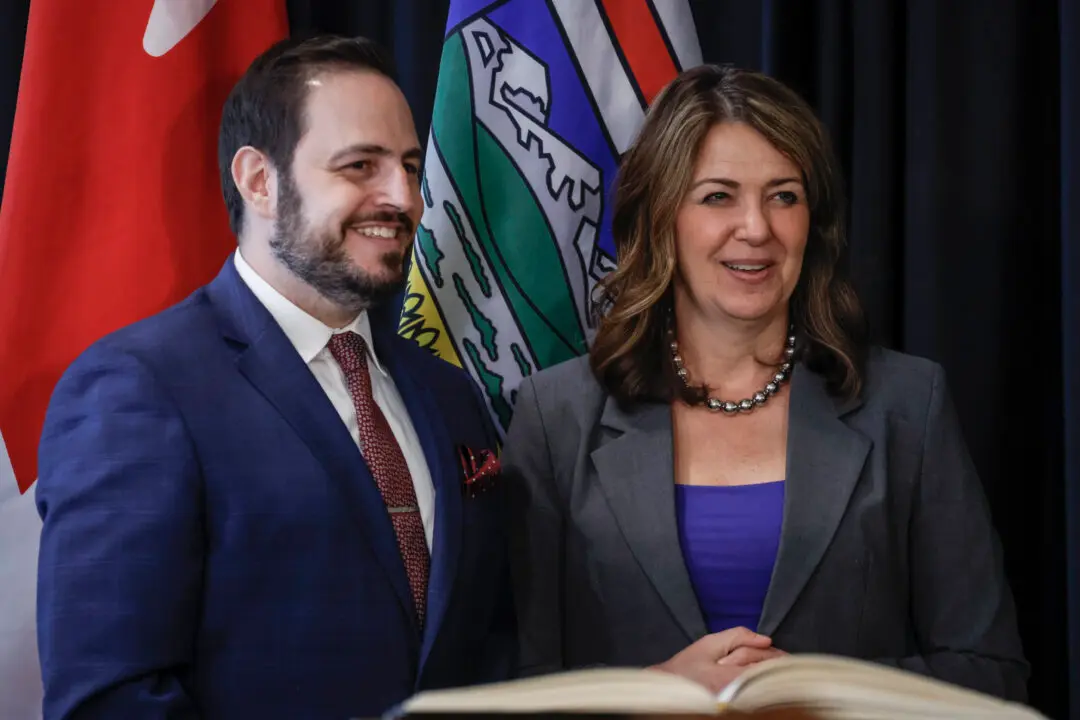NATO Secretary General Jens Stoltenberg is urging Canada and all NATO allies to fulfill their pledge to increase defence spending to at least two percent of gross domestic product (GDP).
Referring to a 2014 agreement that commits allies to increase funding to “strengthen the military capabilities the alliance needs,” Stoltenberg said there is a need “to do more,” particularly in light of the current Russia-Ukraine conflict.





